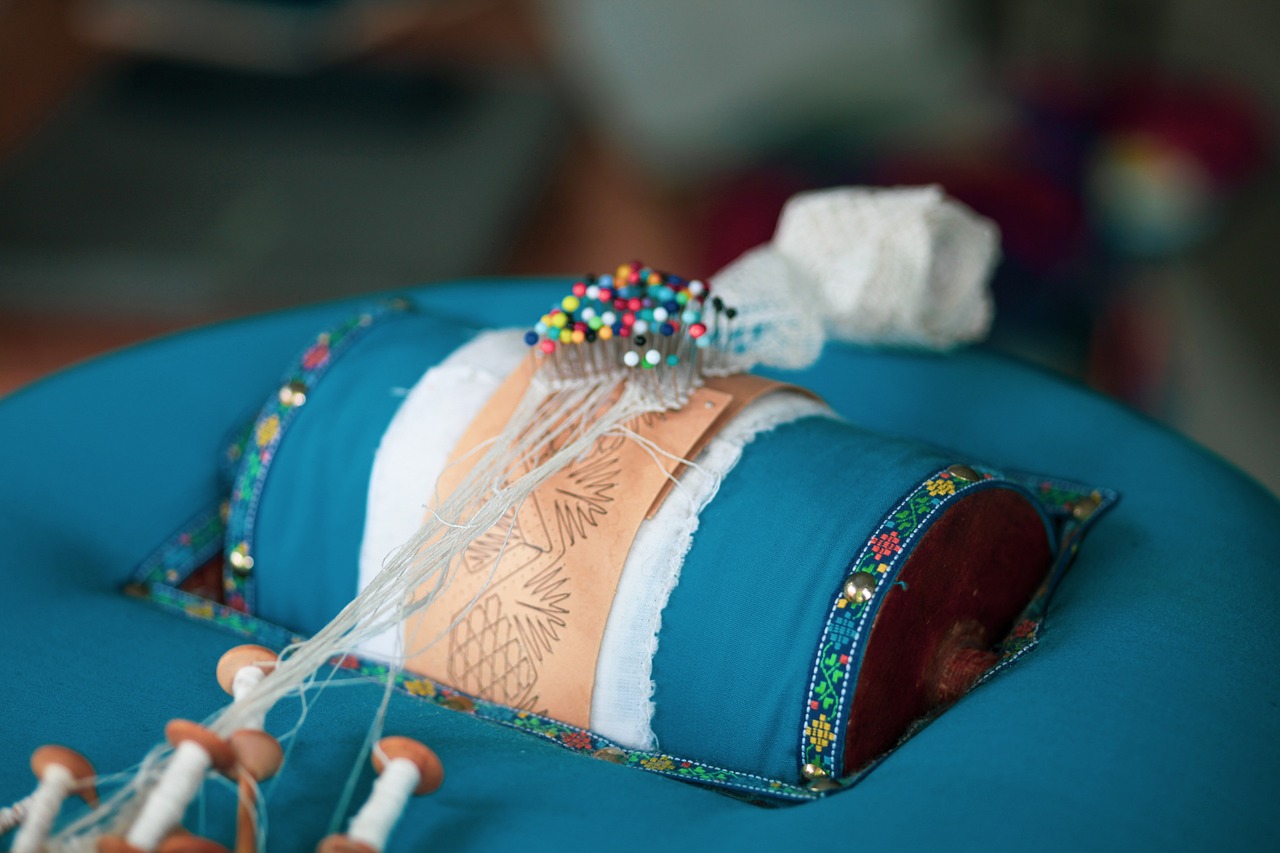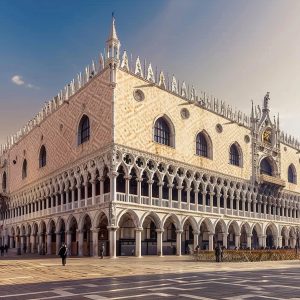Burano lace Museum: highlights to see
- 4 min read
The Burano Lace Museum, a place that tells the story and centuries-old tradition of lace-making in Venice. Opened in 1981, the museum is located in the historic Burano Lace School, founded in 1872 by Countess Andriana Marcello to preserve and promote this ancient art. Thanks to the efforts of a Consortium formed by Venetian public entities and the Andriana Marcello Foundation, the School’s archive was reorganized and transformed into an exhibition space that houses over a hundred precious specimens from the collection, along with evidence of Venetian production from the 16th to the 20th century.


Venice 11 Museum Pass + Skiptheline Entry to Doge's Palace
History and location of the Lace Museum
The Burano Lace School played a fundamental role in preserving and enhancing the art of lace-making in Venice. After the school’s closure, the Consortium initiated careful activities of cultural recovery and enhancement, transforming the location into an exhibition space that not only offers the chance to admire valuable pieces but also to observe the lace-making techniques proposed by the lacemakers still present in the museum today. The School’s archive is a valuable source of historical-artistic documentation, with drawings, photos, and iconographic testimonies that tell the story of lace-making in Venice.
Must-See Paths and Collections
The visitor’s journey at the Lace Museum begins in the introductory room on the ground floor, where a subtitled English video offers a captivating overview of the art of lace-making. The didactic panels reveal the secrets of this technique and its most famous styles, such as the Venice stitch and the Burano stitch. On the first floor, the exhibition path unfolds through four thematic rooms documenting the evolution of lace-making art in Venice from the 16th to the 20th century. During the museum’s opening hours, it is possible to witness demonstrations by skilled lacemakers, guardians of an art passed down from generation to generation.
From Origins to the 16th Century: A Story of Tradition and Creativity
The history of lace-making in Venice dates back to the city’s origins, with the earliest evidence of needle decorations found in the mosaics of Venetian churches. In the Renaissance, needle lace developed as a creative expression of aristocratic women, with geometric and phyto-zoomorphic decorations embellishing clothes and accessories. In the 17th and 18th centuries, lace became an essential element of Venetian fashion, with needle and bobbin lace conquering Europe. In the 19th and 20th centuries, lace production experienced highs and lows, but thanks to the commitment of enthusiasts and scholars, the art of lace was preserved and valued up to the present day.
The Burano Lace School: A Heritage to Save
Founded in 1872, the Burano Lace School played a fundamental role in promoting and spreading the art of lace-making in Venice. Supported by aristocrats and enlightened politicians, the school trained generations of lacemakers and helped preserve Venetian lace-making traditions. Today, the Lace Museum stands as a tribute to the history and creativity of the lacemakers of Burano, with successful thematic exhibitions and courses on lace-making art.
The Burano Prize: A Journey in Art and Tradition
The Lace Museum also hosts the permanent exhibition of the Burano Prize, an award that has contributed to valuing the art and culture of the island. The awarded works in the four editions of the Burano Prize tell not only the artistic evolution but also the conservation state of the lagoon landscape, a central theme of the prize. Through paintings and graphic works, the exhibition offers a unique glimpse into the tradition and beauty of Burano, an island rich in history and charm.
The Burano Lace Museum represents a fascinating journey into the history and tradition of lace-making art in Venice. Thanks to the passion and commitment of many people, this ancient art continues to live and inspire generations of artists and enthusiasts. Come and discover the magic of Venetian lace and be enchanted by the beauty and creativity of Burano.
